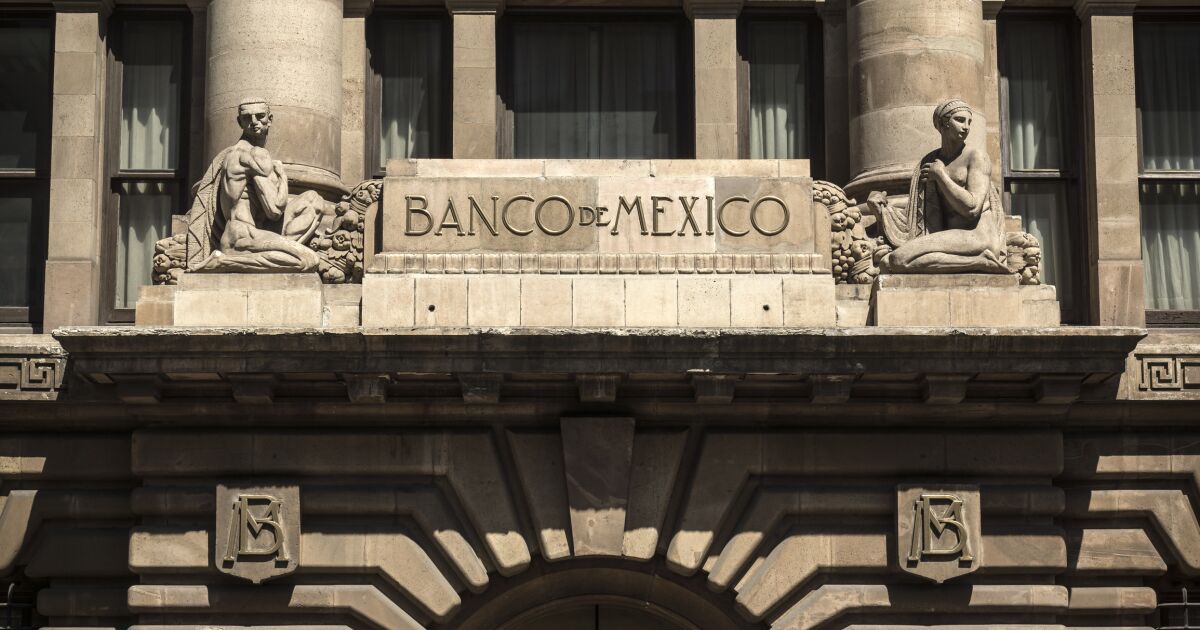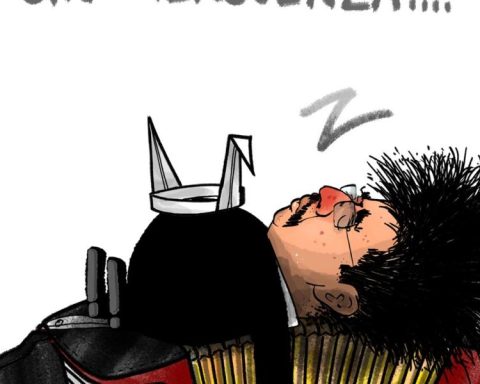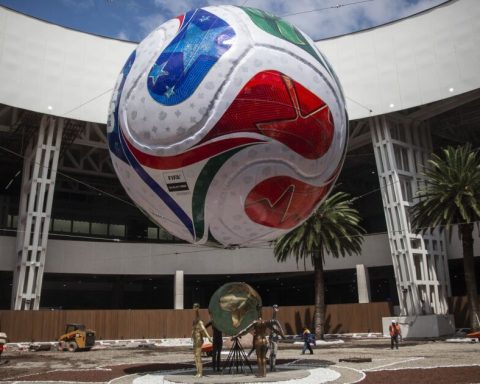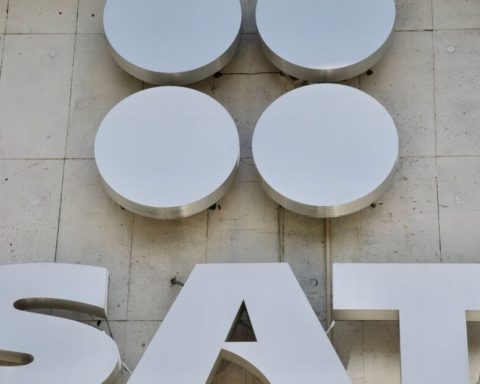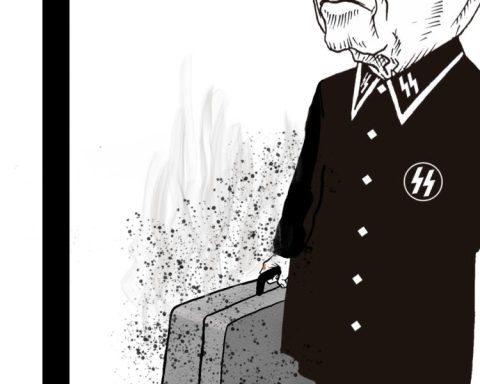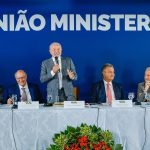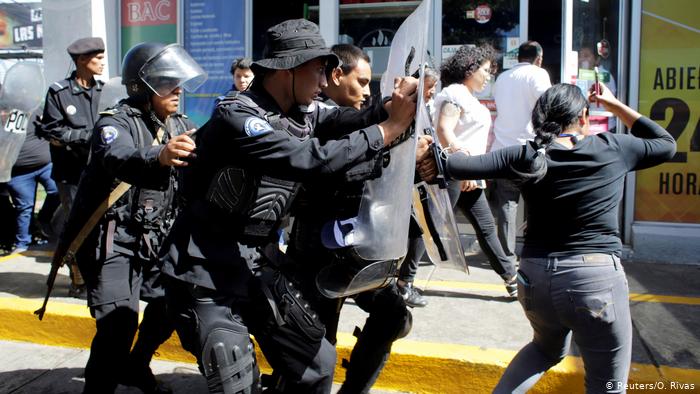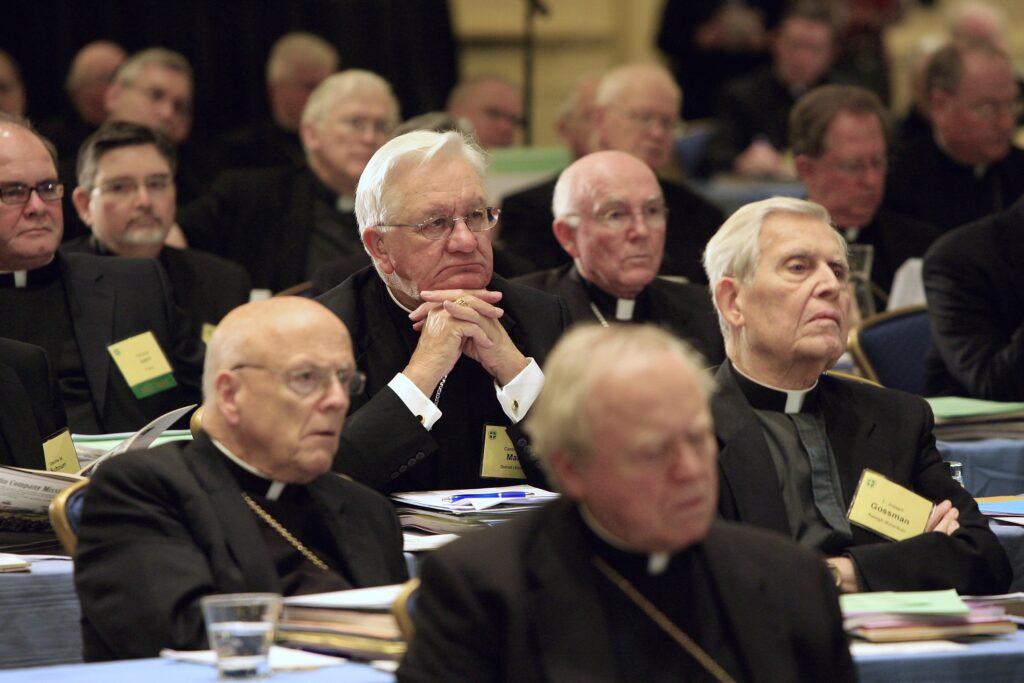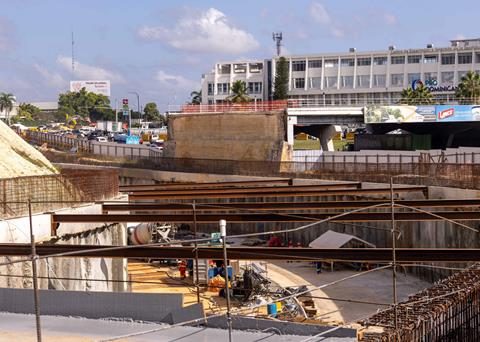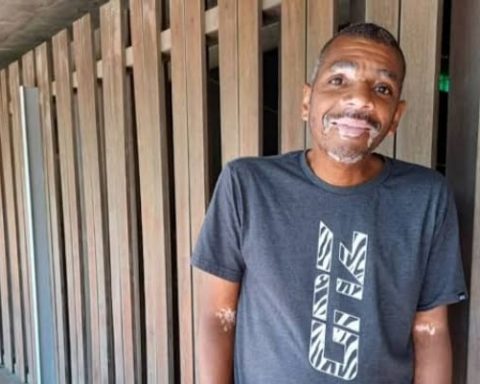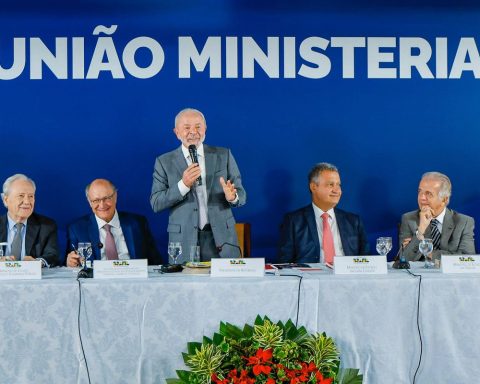“We’re just getting into the neutral zone part, that means we have to go up, I’d say two, maybe three minimum points more, to be clearly in the restrictive zone,” Heath said. That would give Mexico a position “consistent with the inflationary phenomenon that we currently have.”
Increases of that magnitude would see borrowing costs exceed 8.25%, the highest level on record since Banxico began targeting an overnight interest rate in 2008, up to 10%. By contrast, private sector economists expect the rate to reach 8.75% by the end of 2022, according to a Citibanamex survey published last week.
Heath dismissed the idea that Banxico could at some point stop matching hikes by the US Federal Reserve, which it traditionally follows to prevent destabilizing amounts of capital from leaving the country and hurting the peso.
The bank may even have to increase the rate gap with the Fed from 600 basis points to 625 or 650, he said. “It has to be maintained and we can’t afford to go out of business,” Heath said. The idea that “later on we can get out of sync, gentlemen, I don’t see it. I don’t see her at all.”
Gerardo Esquivel, deputy governor also of Banxico’s Board, told Bloomberg News last week that the bank will not necessarily raise rates forever at the same time as the US Federal Reserve, as Banxico started its tightening cycle earlier.
Heath said he sees a low probability of the US slipping into recession and believes the Fed started adjusting its own rates too late.
He added that the plan of the president of Mexico, Andrés Manuel López Obrador, with the big firms to limit price increases will probably help control inflation with short-term effects “on the margins”, but that “it is not the solution”.
